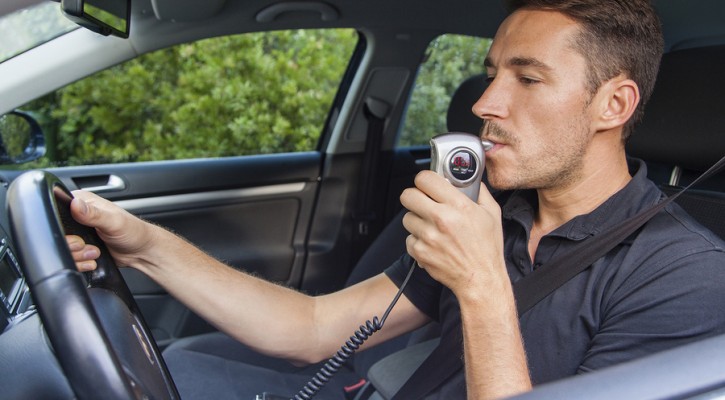
Drunk/Drugged Driving: Good News And Bad News
February 9, 2015
There’s good news and bad news from a study released recently by the National Highway Transportation Safety Administration (NHTSA). The good news is that drunk driving is down significantly but drugged driving is on the rise.
The National Roadside Survey, a survey conducted five times over the last 40 years, shows that drunk driving is down significantly since the last survey in 2007. The National Roadside Survey is a voluntary roadside survey conducted at points throughout the nation. Drivers are notified by signs leading to the survey site that the survey is completely voluntary and the results will remain anonymous.
According to the NHTSA survey, approximately eight percent of drivers during weekend night time hours were found to have alcohol in their system. Just over one percent of the drivers blew a .08 on the breathalyzer, the level at which drivers are deemed legally drunk in all 50 states. The number of drunk drivers in the survey was down by 30 percent since the last survey conducted in 2007 and 80 percent since the first survey conducted in 1973.
That good news was tempered by the fact that the number of drivers with drugs in their system that could affect their driving increased by almost 23 percent. The number of drivers with marijuana in their system increased by 50 percent.
The survey found that more than 15 percent of drivers in the survey tested positive for illegal drugs, a 25 percent increase over the previous survey. However, drugs that can affect driving aren’t just illegal drugs. Many drivers fail to realize that a number of prescription and over-the-counter medications can affect a person’s ability to drive safely. Overall, about 20 percent of drivers tested positive for some type of drug that could affect their driving abilities, up from 16.3 percent in 2007.
NHTSA credited anti-drunk driving campaigns with the lower rate of drunk driving. It seems that new campaigns are in order to reduce the number of drugged drivers on the road.
Read more: NHTSA Releases Two New Studies on Impaired Driving on U.S. Roads
